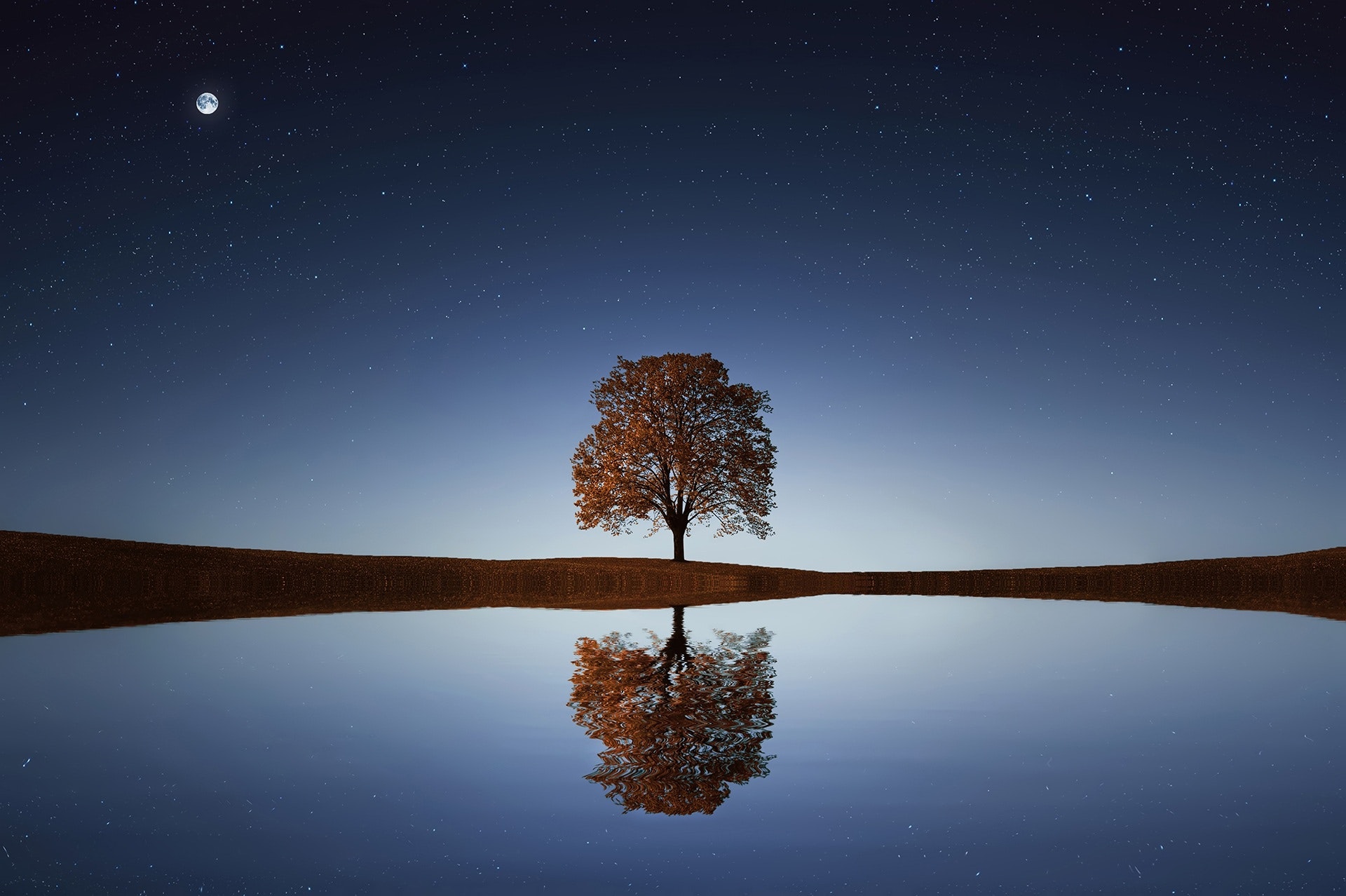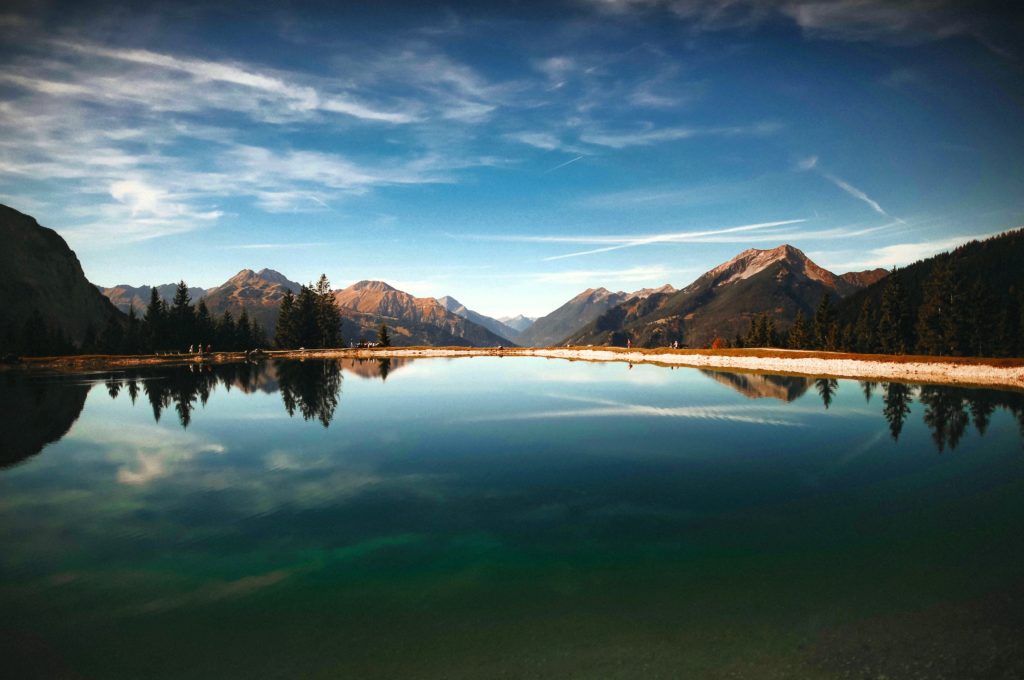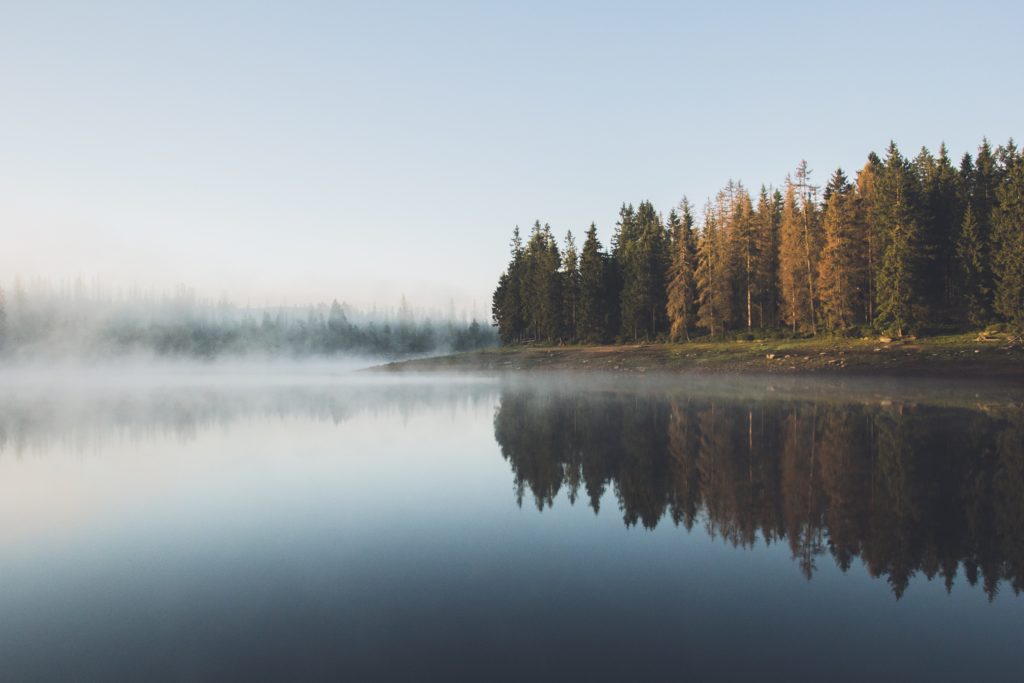
A salt lake or saline lake is an inland body of water that incorporates a concentration of salts) and alternative dissolved minerals considerably over most lakes (often outlined as a minimum of 3 grams of salt per litre). In some cases, salt lakes have a better concentration of salt than ocean water; such lakes can even be termed hypersaline lakes. AN alkaline salt lake that has a high content of carbonate is sometimes termed a soda lake.
Salar de Uyuni

Salar de Uyuni(or “Salar de Tunupa”) is the world’ largest salt flat, or playa, at over 10,000 sq. kilometres (3,900 sq mi) in area. It’s within the Daniel Campos Province in Potosí in southwest Bolivia, close to the crest of the mountain chain at an elevation of 3,656 m (11,995 ft) higher than ocean level.
The Salar was shaped as a results of transformations between many prehistoric lakes that existed around forty thousand years past however had all gaseous over time it’s currently lined by a few meters of salt crust, that has a unprecedented flatness with the typical elevation variations at intervals one meter over the whole space of the Salar.
Laguna Colorada

Laguna Colorada(Red Lagoon) is a shallow salt lake within the southwest of the altiplano of Bolivia, within Eduardo Avaroa mountain range Fauna National Reserve and shut to the border with Chile.Laguna Colorada is an element of the Los Lípez (formerly laguna Colorada) Ramsar wetland. It was listed as a “Ramsar land of International Importance” in 1990. On, july 13, 2009, the positioning was dilated from 513.18 to 14,277.17 km2 (5,512.45 sq mi) to incorporate the encompassing high mountain range endorheic, hypersaline and salt lakes and associated wetlands (known as bofedales).
Laguna Verde
Laguna Verde(Spanish for “green lake”) may be a salt lake in an endorheic basin, within the southwestern Altiplano in Bolivia. it’s settled in the Sur Lípez Province of the Potosí Department. It’s on the point of the Chilean border, at the foot of the volcano Licancabur.The lagune Verde may be a lake at 4,310 metres (14,140 ft) elevation. It covers a locality of 7.5 sq. kilometres (2.9 sq mi) and incorporates a depth of 5.4 metres (18 ft), and a slender causeway divides it into 2 parts. It’s at the southwestern extremity of the Eduardo Avaroa mountain range Fauna National Reserve and Bolivia itself. it’s mineral suspensions of arsenic and alternative minerals that renders color to the lake waters. Its color varies from turquoise to dark emerald counting on the disturbance caused to sediments within the lake by winds.
Mar Chiquita
Mar Chiquita(in Spanish virtually “Little Sea”) or Mar de Ansenuza is an endorheic salt lake located in the northeast of the province of Córdoba, in central Argentina. The northeast corner of the lake conjointly extends into southeastern Santiago del Estero Province. It’s the most important of the present saline lakes in Argentina. The lake is found in components of 5 departments in the 2 provinces.There are many islands in the lake, the foremost important one being the Médano Island. Mar Chiquita is slowly decreasing in volume due to inflated evaporation and elevation of its bottom, and is ultimately guaranteed to become a salt flat.
Conclusion
South America is a continent of extremes. it’s home to the world’ largest stream (the Amazon) in addition because the world’ driest place (the Atacama Desert).South american continent is created of hydrographical basins with naturally passable rivers, which offer real opportunities to become a strategic issue that favors the transportation of merchandise, economic revitalization. With an unequaled range of plant and animal species, South America’ wealthy variety is exclusive among the world’s continents.





